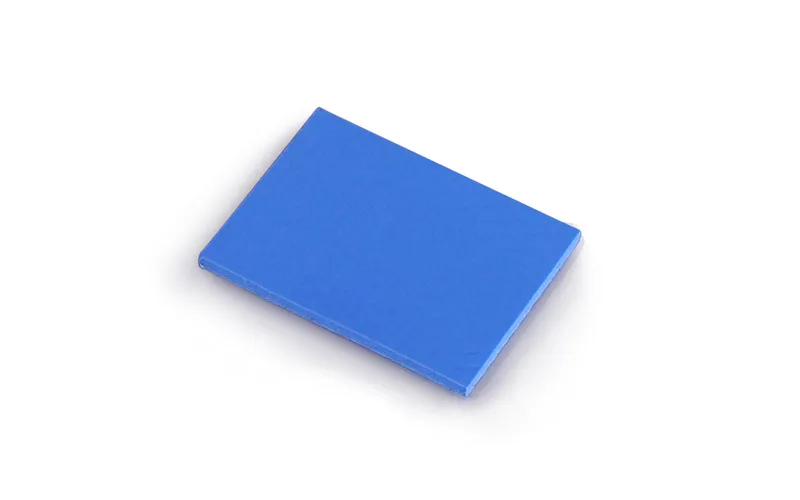Some Tips on How to Properly Apply Thermal Pads to Electronic Components
- Posted on:2023-08-17 15:14:00
- Source:AOK Thermal Pad Manufacturer Company News
1. Clean the surfaces
Before applying the thermal pad, ensure that both the component and the heatsink or heat spreader are clean and free from any dust, debris, or residues. Use isopropyl alcohol or a suitable cleaning agent to gently clean the surfaces.
2. Choose the right size and thickness
Select a thermal pad that matches the size and shape of the component you're working with. Additionally, consider the appropriate thickness to ensure proper compression and thermal conductivity. Refer to the manufacturer's guidelines or specifications for recommendations.
3. Remove protective film
Thermal pads often come with a protective film on both sides. Carefully peel off the film from one side of the pad before applying it to the component. Leave the other side covered until you're ready to install it onto the heatsink.
4. Align the pad
Place the thermal pad on the component, aligning it properly with the heat-generating area. Make sure it covers the entire surface area that requires thermal contact.
5. Apply pressure
Once the pad is in position, gently press down on the component to ensure good contact and compression between the pad and the surface. Apply even pressure to promote optimal thermal transfer.
6. Trim excess material
If the thermal pad is larger than the component, use a sharp knife or scissors to carefully trim any excess material that extends beyond the edges. This helps prevent interference with other components or the installation of the heatsink.
7. Install the heatsink
Once the thermal pad is properly applied to the component, carefully align and install the heatsink or heat spreader. Apply even pressure to ensure proper contact and secure attachment.
8. Check for proper fit
Double-check that the heatsink is correctly aligned and firmly attached. Ensure that there is sufficient pressure for good thermal contact without causing damage to the component.
Remember to consult the specific instructions and recommendations provided by the component and thermal pad manufacturers. Following these tips will help ensure effective heat transfer and optimal thermal performance for your electronic components.
If you would like to learn more about AOK performance thermal materials, please visit our website at www.aok-technologies.com


